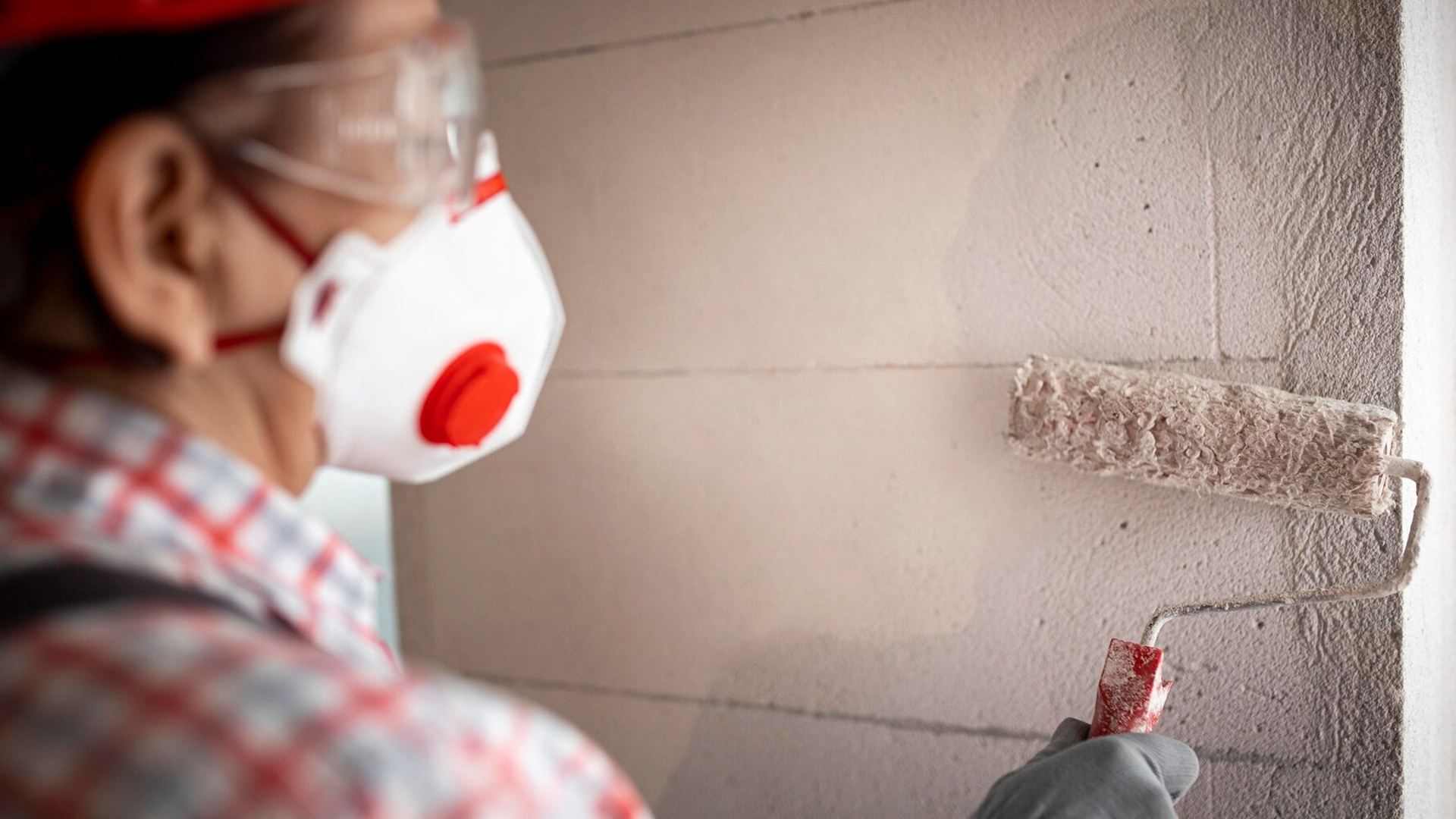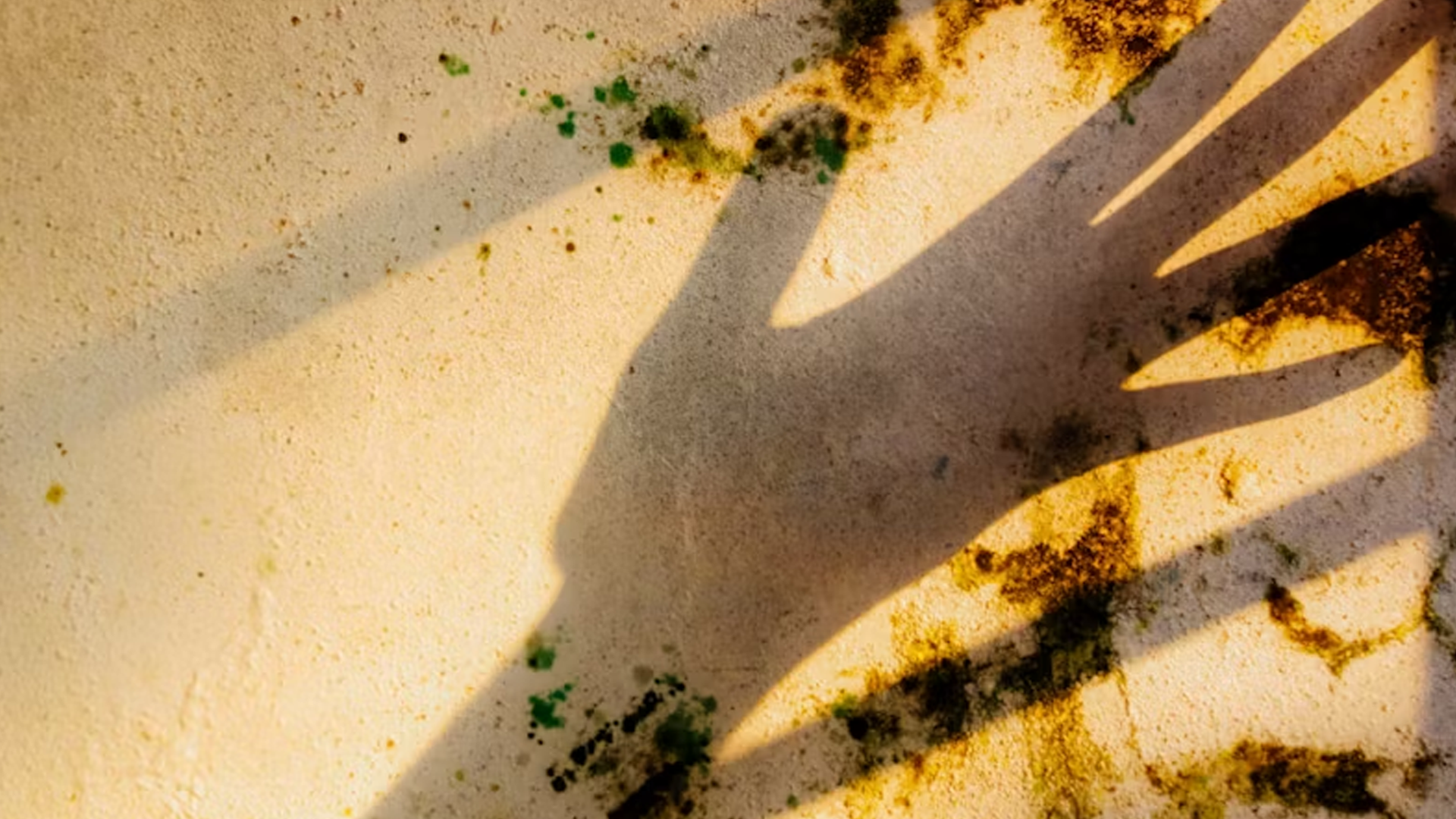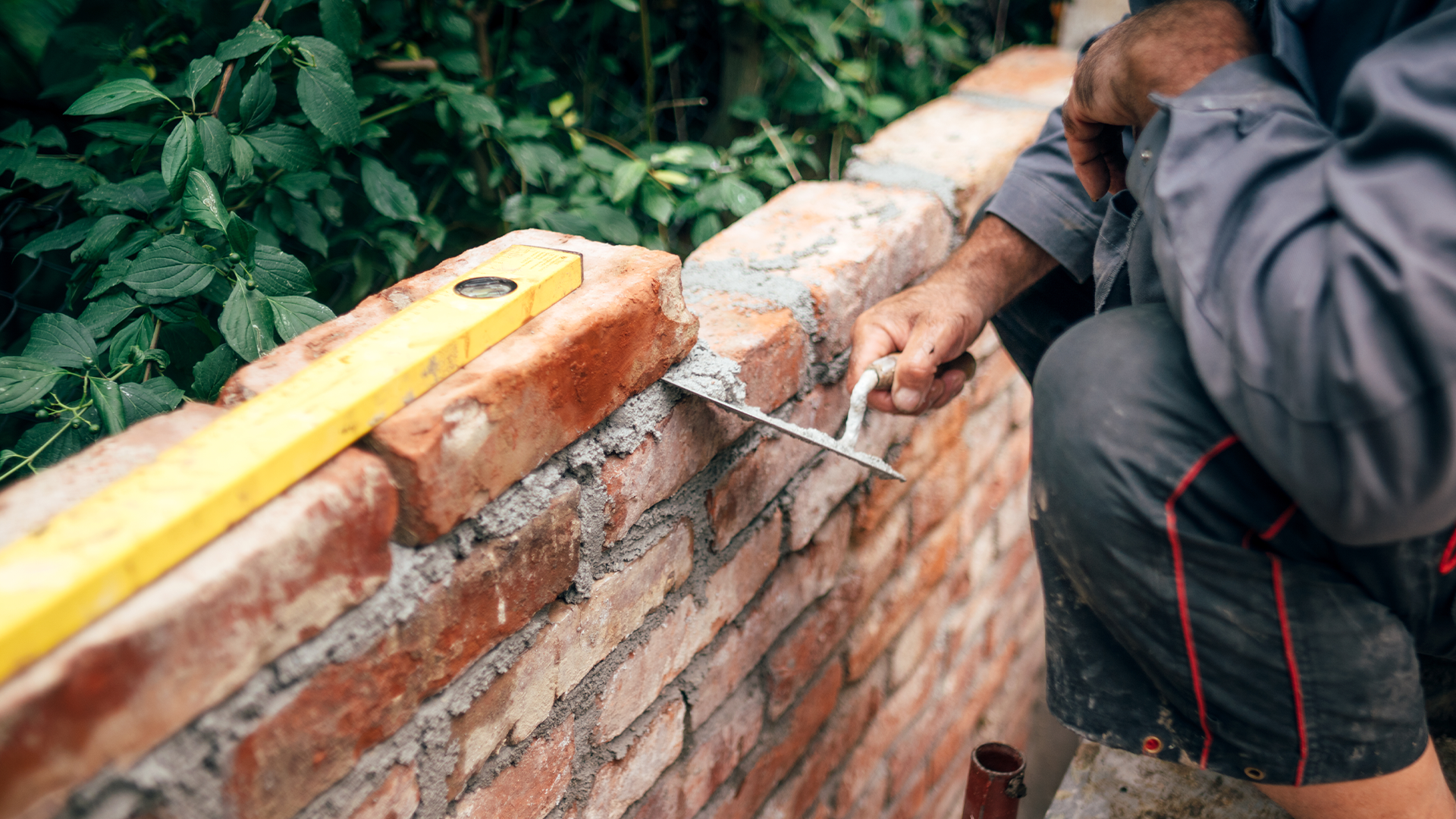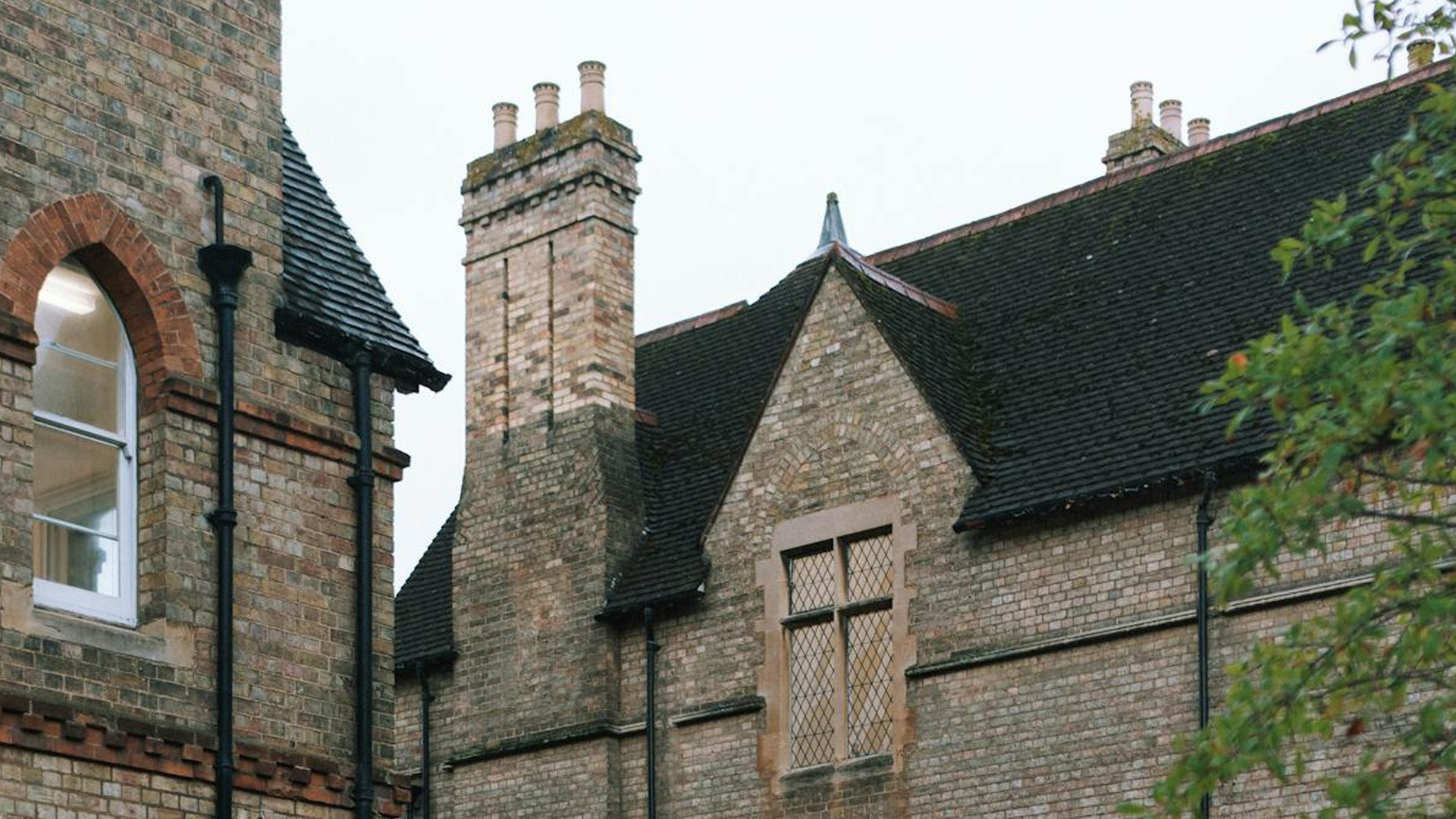Bricks are a common building material in the UK and have been used since the Roman era. However, older brick homes can come with several issues.
When bricks are created, they have a face—an exposed side—that is waterproof. However, as time passes, this weatherproofing loses its potency, which can cause dampness and cracks to form in your house’s exterior walls.
Sometimes, a homeowner can repair a brick wall or other structural damage. Still, it’s crucial to understand the distinction between a DIY-appropriate restoration and one that requires a professional mason.
DIY brick restoration should never be undertaken when replacing more than four consecutive bricks in a load-bearing wall. It is advised to avoid doing your repairs on a load-bearing brick wall that has been significantly damaged because doing so could result in a severe accident. However, if a load-bearing wall is otherwise sound, you might be authorised to perform minor repairs, which are defined as replacing no more than four contiguous bricks. For instance, the brickwork on chimneys is usually always load-bearing. Thus do-it-yourselves should limit their labour to minor fixes.
Thankfully, the outside brick façade of most brick homes is often a “veneered” brick wall. This is a brick skin over wood framing, and therefore the term “veneered.” If it applies to your house, the brick wall is not load-bearing, and the homeowner can do numerous repairs.
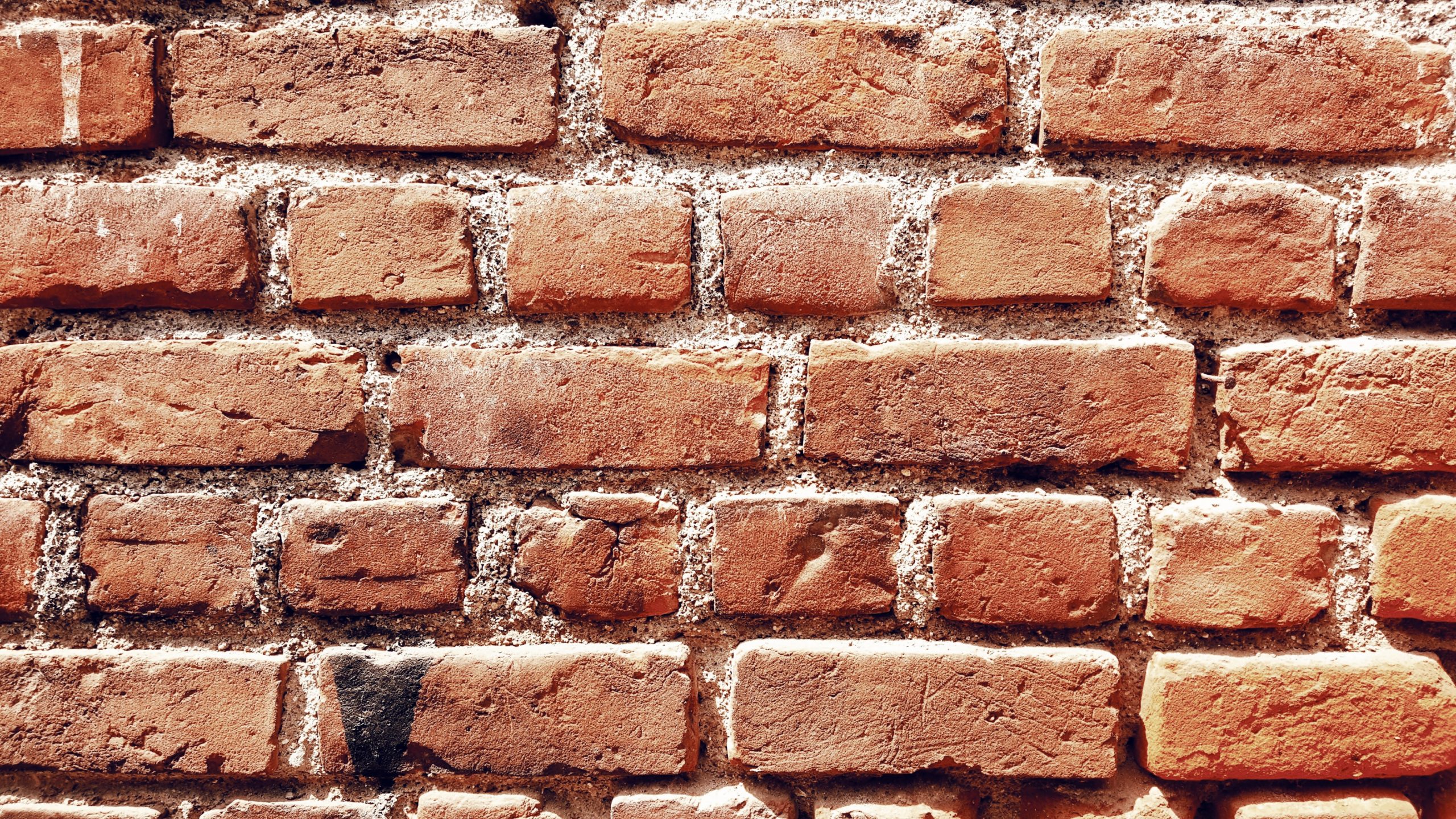
So what can be done about brickwork that is damaged?
Bricks can be fixed in various ways, but sometimes replacing them is the best option. This is true significantly whenever the bricks are weathered because the last thing you need is for your new brick to stand out like a sore thumb.
Sometimes the bricks have suffered from so much frost damage that replacement and restoration would be too expensive, necessitating the application of a wall covering on top.
This has two outcomes. In one sense, it will improve your home’s exterior and restore the walls’ ability to withstand the elements.
Can bricks be rendered if they are terrible?
Yes, they can have a render coat applied on top, but keep in mind that after this is done, switching back to brick will be nearly hard in the future.
In this context, rendering is applying an (often) cementitious compound in two stages over a building’s bricks to create a weatherproof coating and solidify the mortar and bricks underneath.
Typically, some covering or coating is used to finish this.
Constructing with shoddy brick
Bricks are frequently rendered in such lousy shape that rendering over them, if only to stabilise a friable (loose) surface, might be the last resort for a house in bad shape.
The only way to prevent a brick-faced house from falling into disrepair when the bricks are in such bad shape is occasionally to render the exterior of the building.
Bricks that have deteriorated lose their capacity to repel weather elements like snow, rainwater, and frost, which makes the brick covering far less successful at keeping out dampness.
Therefore, if your bricks are eroding or falling apart, the only solution is to render the brickwork with two coats.
When a homeowner wants to modify the look of the house or when a brick wall is in such lousy shape that it cannot be repaired back to brick, we render bricks frequently.
The mortar joints, or pointing, the lines between both the bricks that hold them all in place, are another thing that can go awry. If they begin to lose, you have a big issue because repointing a wall is expensive and time-consuming.
Sometimes the wall damage discovered by contractors requires them to do the bricklayer’s hats and replace a few bricks before continuing with the house repairs.
People don’t merely render bricks and leave it at that.
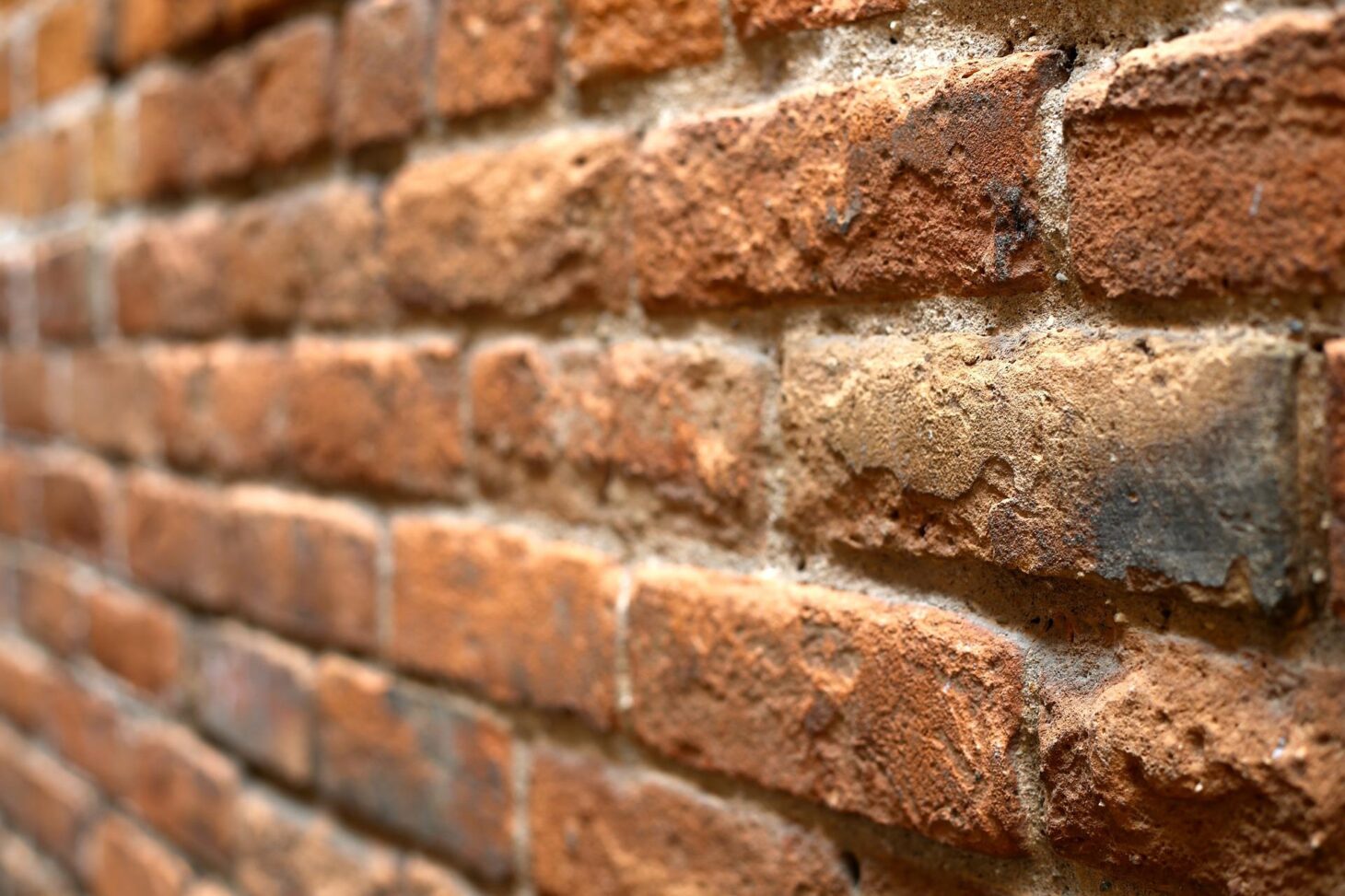
One must always apply a good thick coat of unique weatherproof wall coatings to protect and improve the building exterior because render can develop issues on its own if exposed to the elements.
You can get protection for brick walls from this website.
Yes, and there is no more affordable method to provide your exterior walls with the necessary protection than to have a specialist wall coating placed!
There are a variety of materials available, so your brick wall can have the look of a painted brick wall while preserving the brick lines underneath. This eliminates exterior maintenance.
Alternatives include rendering the walls and leaving them smooth or faintly textured. Or you can have a damp-proof clear coating applied to the walls if your bricks are in good shape and you want to maintain the outer brick appearance. An exceptional value as well!
Conclusion
If you find any bricks in your house seem damaged, it’s time to consider the factors for repairing or replacing them instantly. No complex thought is required for such a necessity, and you can take help from any expert service provider. Make sure you do not delay on such an essential factor and take the required actions timely.


